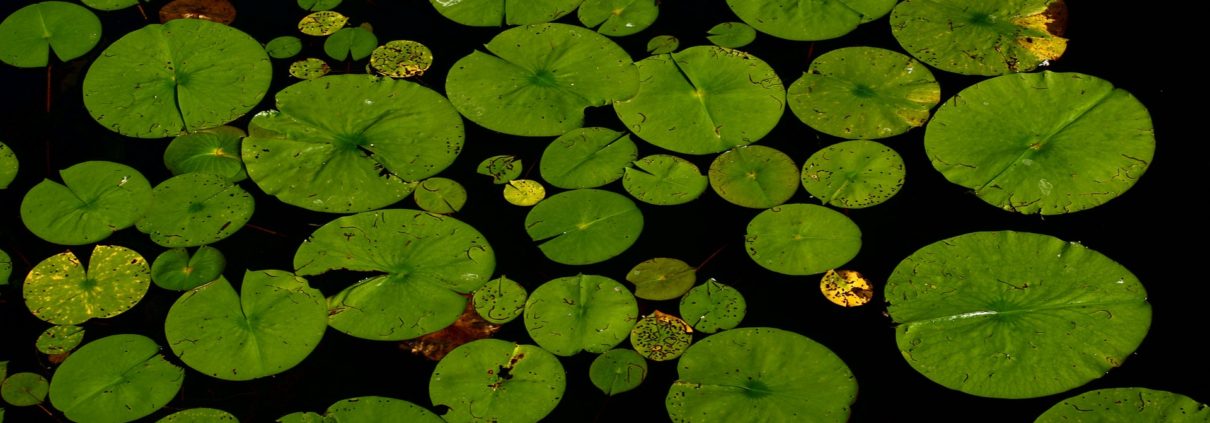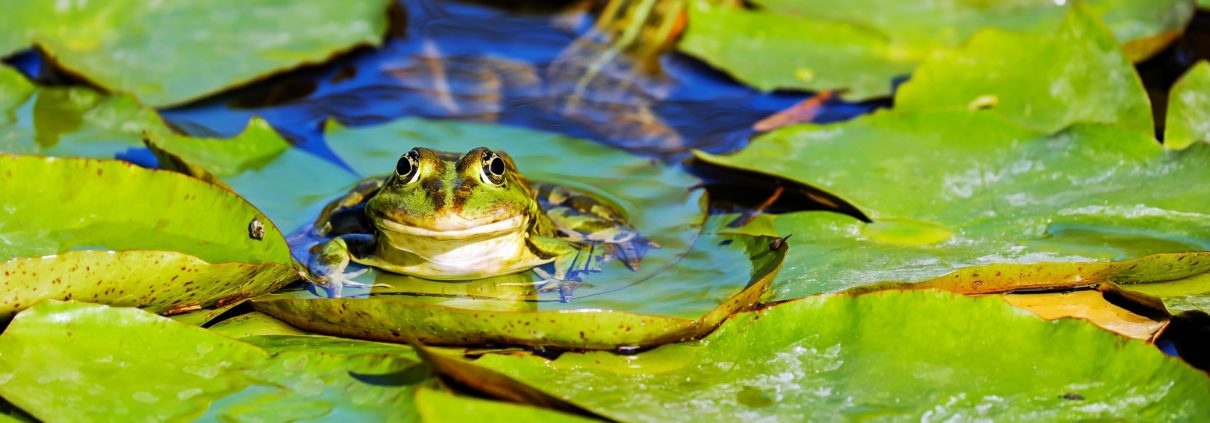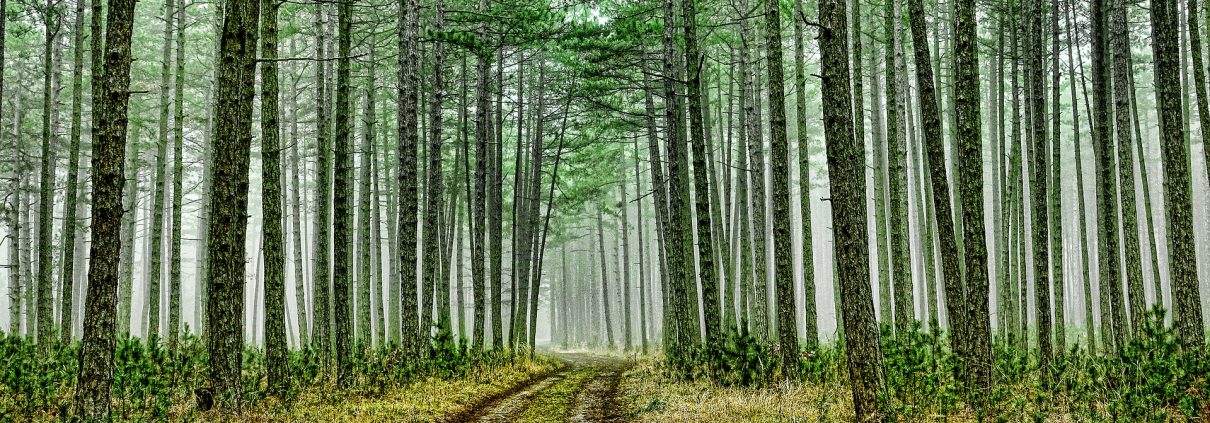How To Build A Pond Or Lake
I had the privilege of selling some property to a great couple and they had a ‘must have’ requirement; they wanted a property suitable to building a lake and we found a great property located in Harris County, GA. The property was heavily wooded with a stream flowing through the property and the property had a great lake site and suitable soils. The contractor estimated the final lake size around 4.5 acres. Using a topographic map, I estimated the watershed area to be about 110 acres. Generally speaking, the watershed area should be about 4:1 (4 acres of watershed to 1 acre of pond or lake). Due to the size of the proposed lake and the intended use, the owners were able to get a permit through the NRCS (Natural Resource and Conservation Service) to construct the lake.
The number one attribute that buyers are looking for is water features such as a pond or lake! The addition of a pond or lake will add lots of value when it becomes time to sell. A pond or lake provides lots of opportunities such as fishing, canoeing, water source for irrigation, increases the aesthetic value of the property and much more.
Generally, the process starts with clearing the trees and brush. The brush can be burned and some of it can be used to build fishing habitat or structures for larger fish to hide and ambush their food sources. A portion of the dirt is removed and used later on for constructing the dam for impounding the water. Another important issue is the presence of clay. The clay is used to key (core) the dam, creating an impermeable layer inside the dam that the water can not pass through. That is why land with a high content of sand is not suitable for constructing a pond or lake. The topsoil is stockpiled and used later to dress up the dam so the dam can be vegetated. Beware…keep the trees on the back side of the dam cut. When tree roots die, they can become channels for water to seep through the dam.
Use a professional to design the pond and dam. A 100-year rain event can destroy a dam if not properly designed with a spillway to handle the runoff.
For the most part, contractors are now using siphoning systems to control the water level. Metal pipes and valves tend to rust over time. I went back from time to time to document through pictures and video the construction process. This process took over 1 year!
Some of the pictures in the video were taken to show what to do if you are building a pond or lake for trophy bass fishing. The pond should be deep at the shoreline. This is designed to keep shallow water plants and weeds from invading your pond or lake. Also, structures should be left in the lake to improve the habitat for the fish. Often these large bass will use these structures to ambush bait fish. Also, notice the shallow mounds built in the pond, these are great for spawning bass and bream!!
The take away is this…if you are planning to buy land for building a pond, agricultural purposes, timberland or whatever, use an Accredited Land Consultant. You need someone advocating for you that understands land and land brokerage. This person needs an in-depth understanding of topographic maps and watersheds.
This article was originally featured on Kent’s blog Land Blog…Get The Dirt! He writes about all things land, from timber to selling land to lessons learned from his 40 years in the industry. Check out his blog for more excellent content!
 Kent Morris, ALC, is a Registered Forester and Associate Broker who has experience in fields such as timber appraisals, harvesting, thinnings, and timber sales.
Kent Morris, ALC, is a Registered Forester and Associate Broker who has experience in fields such as timber appraisals, harvesting, thinnings, and timber sales.

















 Kent Morris, ALC is a Registered Forester and Associate Broker who has experience in fields such as timber appraisals, harvesting, thinnings, and timber sales. He writes articles about these fields and more in his blog
Kent Morris, ALC is a Registered Forester and Associate Broker who has experience in fields such as timber appraisals, harvesting, thinnings, and timber sales. He writes articles about these fields and more in his blog 



